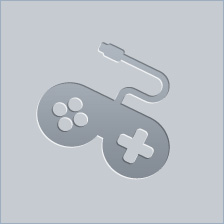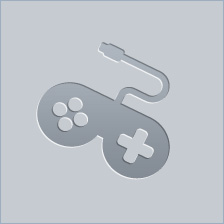Pawnbarian review

Just when I feel like I've seen every ingenious variation on the roguelike dungeon-crawler, games like Pawnbarian come along and surprise me all over again. This game mixes chess with deck-building, and serves this combination up with a huge amount of variety that all but ensures it will stay on your phone as a go-to game for a good, long time.


Movement melee
Pawnbarian throws you into dungeons comprised of tiny floors fashioned after a quarter of a chess board (i.e. a 4x4 grid). Your hero character appears on this board facing up against all manner of enemy creatures, and your goal on each floor is to defeat these foes in as few turns as possible to maximize rewards you spend on upgrades before facing off against a final boss.
To do this, you pick cards from your hand to move and attack. These cards primarily consist of chess piece icons, and the icon on the card dictates how you can move across the board. For example, if you select a card with a knight piece on it, you can move in the unique L-shape of a knight in chess. If you happen to move onto a space with an enemy on it, you defeat them. After selecting two cards to conduct moves and attacks, your enemies then take their turns where they make their attacks and move about the board.
Card complex
Using cards to make chess moves against enemies that follow their own unique rulesets sounds complicated, but Pawnbarian puts these pieces together so elegantly that everything feels intuitive. Even when stacking on mechanics like cantrips, poisoned squares, and a customization system for adding shields, increased range, and other unique properties to your chess-piece cards, your bird's eye view of the action gives you all of the information you need to anticipate, read, and react to situations regardless of how hairy they get.
This elegant UI is useful when playing Pawnbarian's free version, but is an essential element in allowing for the full version of the game to contain all of the complicating features (including additional character classes, difficulty modes, and dungeons) you gain access to after a single $ 6.99 purchase. The full version of the game even contains characters that don't use traditional chess pieces or don't move upon using cards in certain circumstances. All of these variables allow you to essentially fine-tune the exact kind of game and difficulty curve you want to play under.


Stark strategizing
Presumably in order to keep the game from having too many distracting visual elements, Pawnbarian is quite stark in its presentation. Your play screen is perpetually awash with a plain, dark blue background upon which about five other colors combine to show you the board, your hero character, enemies, cards, etc. This is to say it isn't the flashiest game out there, though I will say the black and white line art for all of Pawnbarian's characters is surprisingly expressive.
Another thing to note about Pawnbarian is that it can be a really tough game that asks you to show some restraint and consideration on any given turn. Some of this has to do with just how many different variables you can be playing with at any given time, but even if you are just playing the free dungeon and character, you may have to take some time to tap and hold on enemies to read exactly what kinds of traits they have to fully understand what you're up against. I could see this as frustrating for players who want a faster-paced experience, but that's simply not what Pawnbarian offers up.
The bottom line
The way that Pawnbarian injects chess into a dungeon-crawling roguelike experience is totally brilliant and unexpected. What's more is its core mechanics hold up through essentially all of the time it takes to have mixed and matched the dizzying amount of interchangeable parts packed into the game. So, even though it may not be the most eye-catching game you could be playing on your phone, Pawnbarian is certainly one of the better titles to release on the App Store as of late.


















